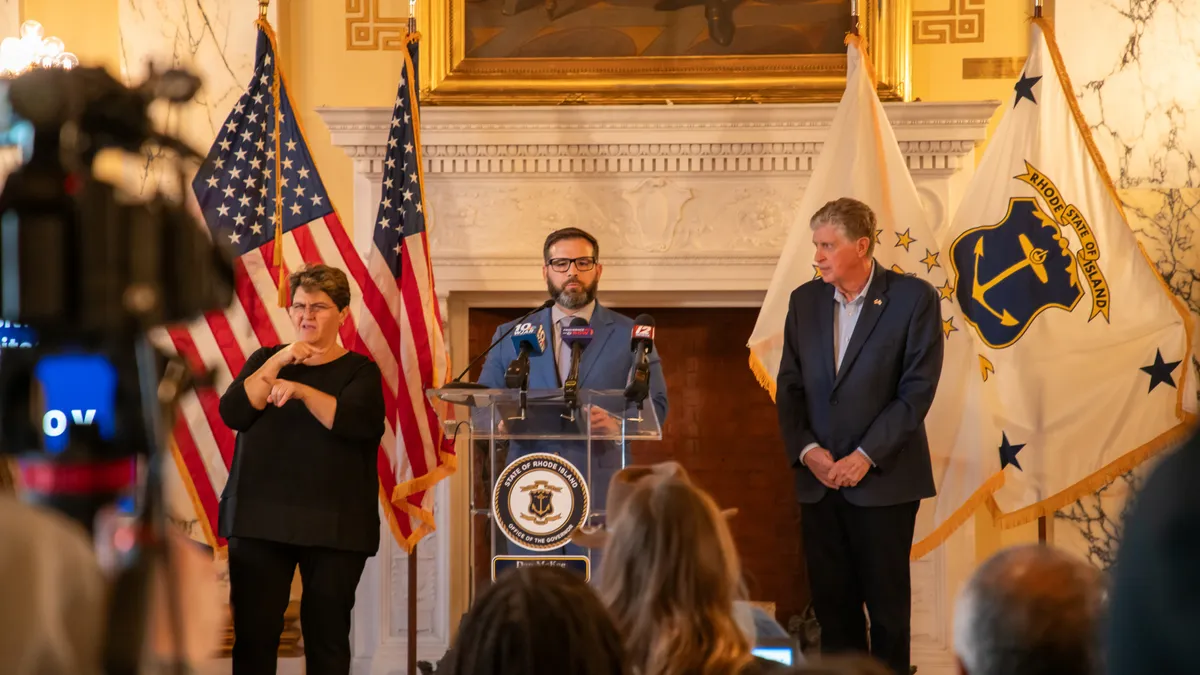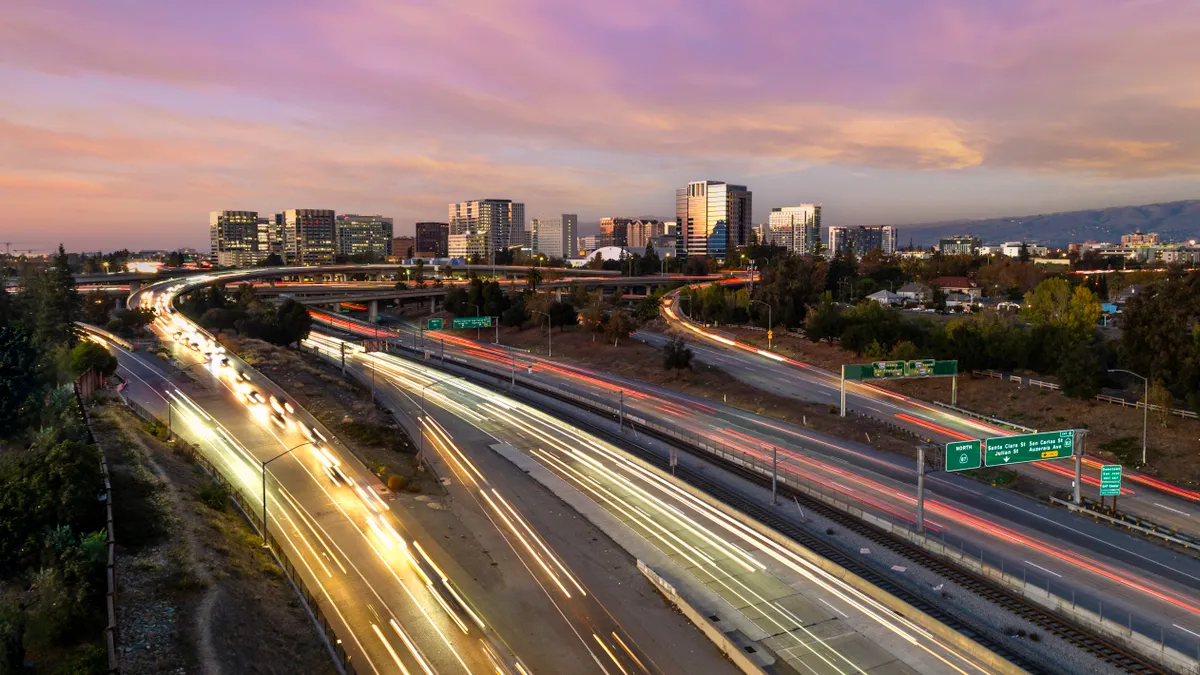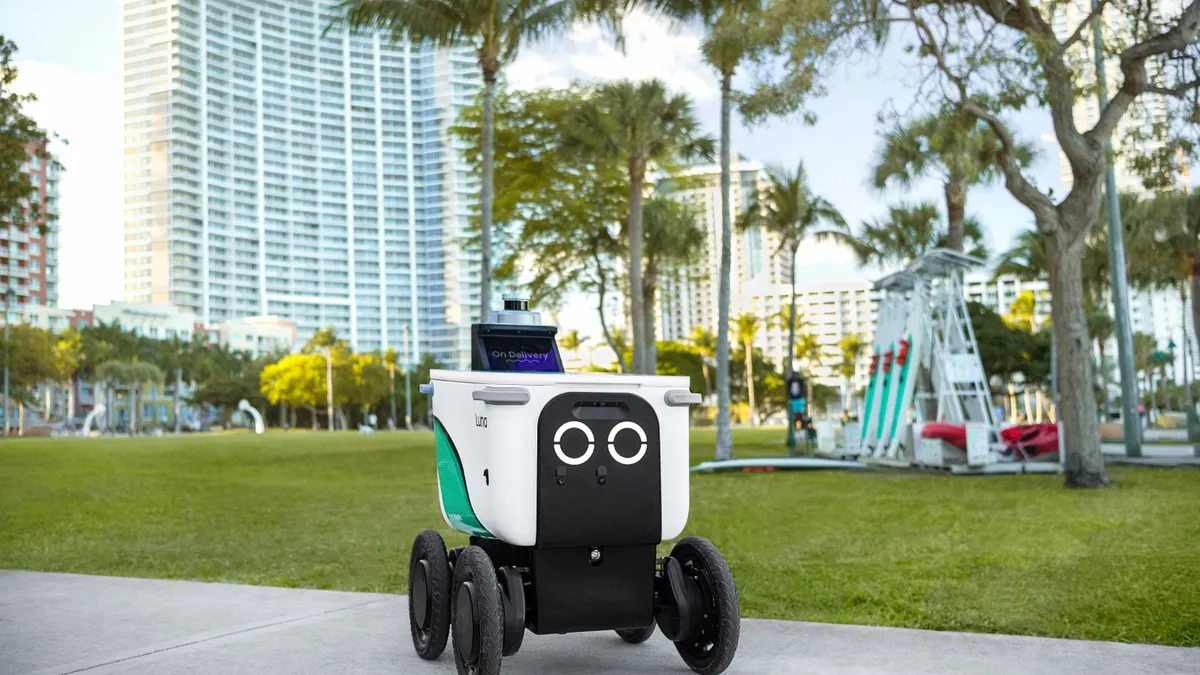Andrea Facini is the President of ACTIVE Network, a company providing software and service solutions.
Over the last couple of years, the average citizen has experienced multiple once-in-a-generation events squeezed into a matter of months. Between a pandemic, housing crisis, drastic shift to remote work, and uncertainty amid foreign conflict, citizen attention is constantly split between various events and crises.
While times have been trying, there are opportunities for improvements, such as expanded medical response services, new public resources, or community-focused infrastructure, that communities should use to their advantage. To foster trust and increase engagement, citizens and local governments can use technology to support community needs. Once the pandemic subsides, citizen engagement will remain essential for city leaders to address natural disasters, elections, and other times of stress or high importance.
We are now in an election year when citizen participation and informed engagement help decide the future of government, making this an opportune time to meet citizens where they are and forge systems that will continue engagement for years to come. With the 2022 election around the corner, generating citizen engagement now means it is likely to carry on well after the election, as voters witness the outcome of their involvement. Seeing their actions result in change can inspire and encourage them to continue making an effort and impacting their community.
What Does Citizen Engagement Look Like?
Trust and engagement go hand in hand. There is often little reason for an average citizen to engage with public institutions to enact change if they do not believe change will come. While citizens must interact with some public systems for taxes, registrations, titles, and more in day-to-day life, getting residents to take the extra step and engage in systems that can lead to change requires trust in the system. American political scientist Robert Putnam explains that “civic engagement and trust are mutually reinforcing.” To increase trust and engagement, it is vital to enable an environment that gives citizens a stake in decisions and prioritizes inclusivity, equity, transparency and diversity.
The first step to greater citizen engagement is macro-level transparency, which is providing residents with a clear view of issues currently on the table. Simply taking this first step can enhance transparency and accountability and foster initial replies. But community engagement is about going further than just receiving input because when done thoroughly, it can provide many benefits such as reaching into different sectors and industries.
Creating an environment that allows for residents to provide input on budgets, regulations and agendas is not an untested idea. There are cities and towns like Cologne, Germany, where the use of a participatory budget system encourages residents to help decide how to allocate the city budget.
New York City’s 311 system is another example of engagement that lets people report non-emergency issues like potholes or trash collection concerns via text, app, phone and web. The 311 system now processes most of the city’s service requests. The program lets residents act as city inspectors and offers the data publically on NYC OpenData. This demonstrates how citizens are interested in engaging with their local government but simply need the right tools to do so.
How To Foster Engaged Citizens
Too often, engagement from local governments consists of phone alerts, questionable websites and snail-mail. However, citizens want effective solutions and to experience a sense of agency and influence in their communities, which cannot be achieved with color-coded text alerts, such as the familiar amber, blue or silver alerts. Thankfully, technology can offer simplified avenues for citizens to engage authentically.
When Mexico City wanted to fix its impossibly complicated bus system, local leaders turned to technology to engage citizens. No official bus route guide existed, so a crowdsourcing app named Mapatón used the power of the people. Using the Maptón app, citizens were prompted to play a game on their phone or tablet while they rode the bus, giving them a chance at cash prizes for helping map popular bus routes.
The project had a budget of less than $15,000, attracted 4,000 users and provided data on 1,500 routes covering nearly 50,000 kilometers in two weeks. The data was then transformed into a public resource that included fares, distances and map options. By leaning into gamification of civil engagement, city leaders gave residents the agency to improve their community.
Engagement Offers Improvements for Both Citizens and Leaders
Building systems that improve government operations and citizen engagement is not the daunting task it may sound like. As broadband reaches more of the country, more government ecosystems can move to the digital world. Instead of requiring a phone call or physical visit to learn about programs or ask questions, citizens can get the information they need online from government websites or portals. Using government websites to share information lowers the barrier of entry for many, which painlessly increases the odds of citizens taking advantage of available opportunities
Some leaders have gone a step further to automate the process, including the use of pro-active and anticipatory systems that do not wait for residents to submit information or an application. For example, a system that triggers action from a life event, such as losing income or moving. These systems can create a frictionless experience with fewer hoops to jump through, as seen in Estonia. Before fall 2019, parents in Estonia had to apply for more than ten types of benefits tied to the life event of a child’s birth. Then Estonia introduced a proactive benefit service where parents no longer needed to take action to receive benefits. Instead, an automated system logs new births every night then compares who among those families is eligible for benefits, turning a stressful process that took hours into a simple check requiring little human action.
Both Parties Must Participate to Benefit
Most citizens want to engage with their local government, but a path must be made. It is up to governments to build digital on-ramps to help citizens overcome long-standing barriers of entry. Creating websites and portals for citizens to engage with community life is a fantastic step, but those digital resources must be reliable and valuable. Government agencies must select the right partners and tools like online payment systems, registration portals, and mobile apps to reach citizens and remove obstacles rather than creating new ones. With modern solutions and professional support, digital engagement can become an everyday event for any community



















